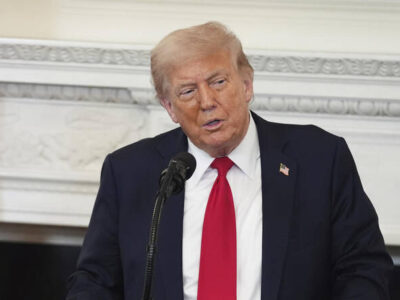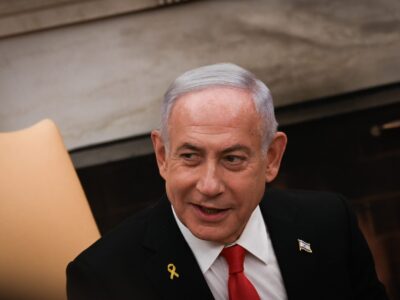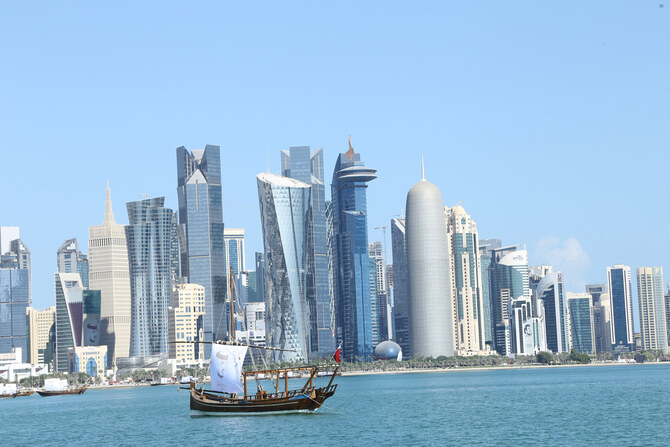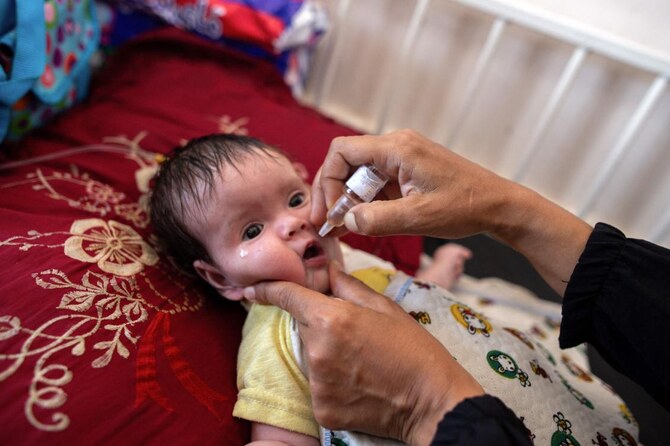RIYADH: A significant growth in time and savings deposits was the main driver of Saudi Arabia’s money supply, which reached a record SR3.12 trillion ($832 billion) in June, representing a 7.63 percent annual increase.
These income-generating accounts, which currently number over SR1.1 trillion, constitute the largest portion of the money supply in 16 years, according to data from the Saudi Central Bank, generally known as SAMA.
At 47.93 percent, or SR1.49 trillion, demand deposits—non-interest-bearing checking accounts remain the biggest component; nevertheless, their growth rate of 5.2 percent annually has trailed behind that of savings accounts, which gained 21.71 percent over the same period.
Roughly 9% of the money supply is made up of other quasi-monetary instruments, such as foreign currency deposits made by residents, marginal deposits associated with letters of credit, outstanding remittances, and repo placements. But this category fell to SR280.54 billion, a decrease of 18.54 percent. Despite being the lowest component at 7.83 percent, currency outside of banks rose 6.6 percent to SR244.31 billion.
Two important causes are attractive rates and global monetary tightening. Similar to the US Federal Reserve, SAMA lowered its repo rate gradually after reaching a peak of 6 percent, first to 5.5 percent in September 2024 and then to 5 percent in December 2024.
Also Read:
Adeera of PIF Will Manage The Hotel Portfolio in Qiddiya City
Following Trump’s Remarks, Russia Calls For Prudence in Nuclear “Rhetoric”



































